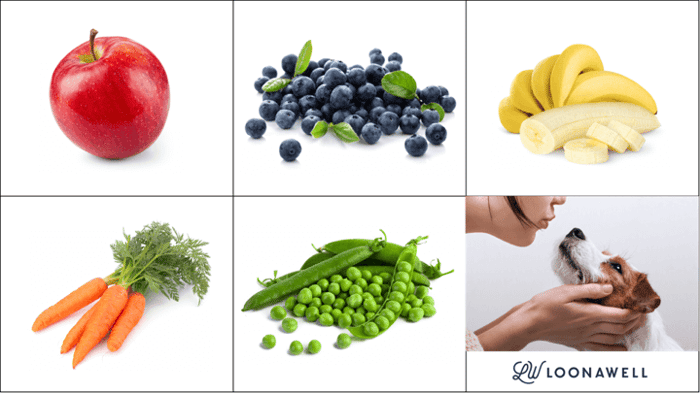Do you ever wonder why most industrial pet foods have such an overwhelming smell?
Have you ever opened a bag of dog food and been hit by an overpowering smell? If you've found yourself wondering why dog food odor is so intense, you're not alone. In this article, we'll get into the science behind these odors and reveal how they are actually engineered more for human preferences than for our four-legged friends. We'll also explore the implications of these odors on the quality of pet food and what it means for your pet's health.
The Science of Dog Smell
Olfaction, or the sense of smell, is believed to be a dog's most important sense, 10,000 to 100,000 times more sensitive than that of the average human. In fact, science has shown that dogs can detect volatile compounds at a x10,000 lower concentration than humans can.
From our everyday life perspective, scientist Alexandra Horowitz’s book Inside of a Dog explains that, if we can detect that a teaspoon of sugar has been added to our coffee, a dog could detect a teaspoon of sugar in a million liters of water.
This means that in cases where humans can’t detect an odor, dogs can.
Why Does Commercial Pet Food Smell Strong?
So, if a dog’s sense of smell is so extremely developed, why does most pet food have such an intense and many times unpleasant odor? Wouldn’t this be overwhelming for dogs?
The answer is two-fold: the odor of most commercial pet food is designed to:
a) overcome the bad odor of certain raw materials,
b) and to please dog owners and influence their purchase decisions.
During my professional career in food manufacturing I have learned that what drives the development of food products, is not how healthy the final product is but instead what drives purchase and most importantly, repeated purchase. Factors that drive purchase are for example the color, the odor, and the appearance.
The Business Behind Dog Food Odor and Aromas
Dogs don’t buy their own food, their owners do. So when the industry develops a new recipe for pet food, the core question at hand is what drives the pet owner’s purchase decision?
Science has shown that the odor of pet food is one of the factors that influences pet owners’ emotions which in turn triggers purchase decisions. In fact, the industrial sensory evaluation of pet food is done by panels of trained human beings and dogs merely assist in the decision between concepts that are primarily decided by the humans.
Most pet foods have a strong odor because the raw materials used to make that food are of poor quality and flavors and other chemical substances are used to mask the real bad odor so the pet owner doesn’t perceive it.
The Truth About Pet Food Ingredients
The good news is that you can recognize and avoid unhealthy and harmful substances by avoiding certain ingredients in pet food.
Understanding "Meal" and "Derivative" in Pet Food Labels
When you encounter terms like "meat meals," "meat derivatives," "fish meals," "fish derivatives," "vegetable meals," or "vegetable derivatives" on pet food labels, it's essential to know what they signify. These terms indicate that the primary ingredients—be it meat, fish, or vegetables—have already been used for human consumption. What remains are by-products, often sourced from slaughterhouses, that are not suitable for human consumption.
While this may seem like a sustainable approach, it's actually detrimental to your pet's health. These by-products lack the nutritional value they originally had and serve as inexpensive fillers rather than beneficial nutrients.
The Problem with Vague Labels on Pet Food
Labels that list "vegetable protein extracts," "mineral substances," or "vegetable oils" are alarmingly vague and should be scrutinized. For instance, the term "vegetable oils" is ambiguous—some vegetable oils are beneficial for dogs, while others are harmful. The same goes for "mineral substances"; without specifying which minerals and their concentrations, the label leaves consumers in the dark.
The Importance of Clear Information for Conscious Choices
How can you make an informed decision about your pet's nutrition if the labels provide limited and unclear information? Always seek out pet food that offers transparent, detailed ingredient lists to ensure you're making the best choice for your pet's well-being.
What Should I Do With This Information As A Pet Owner?
To ensure your pet's well-being, steer clear of pet foods containing the questionable ingredients outlined earlier. Opt for products made from high-quality and recognizable raw materials.
Just as you wouldn't cook for guests using discarded ingredients, you shouldn't compromise on the quality of your pet's food. High-quality ingredients don't require artificial masking of odors - they naturally smell and taste good.
In summary, when selecting pet food, apply the same scrutiny you would when choosing your own groceries. Look for products made from quality, transparently sourced ingredients to ensure your pet receives the nutrition they deserve.




